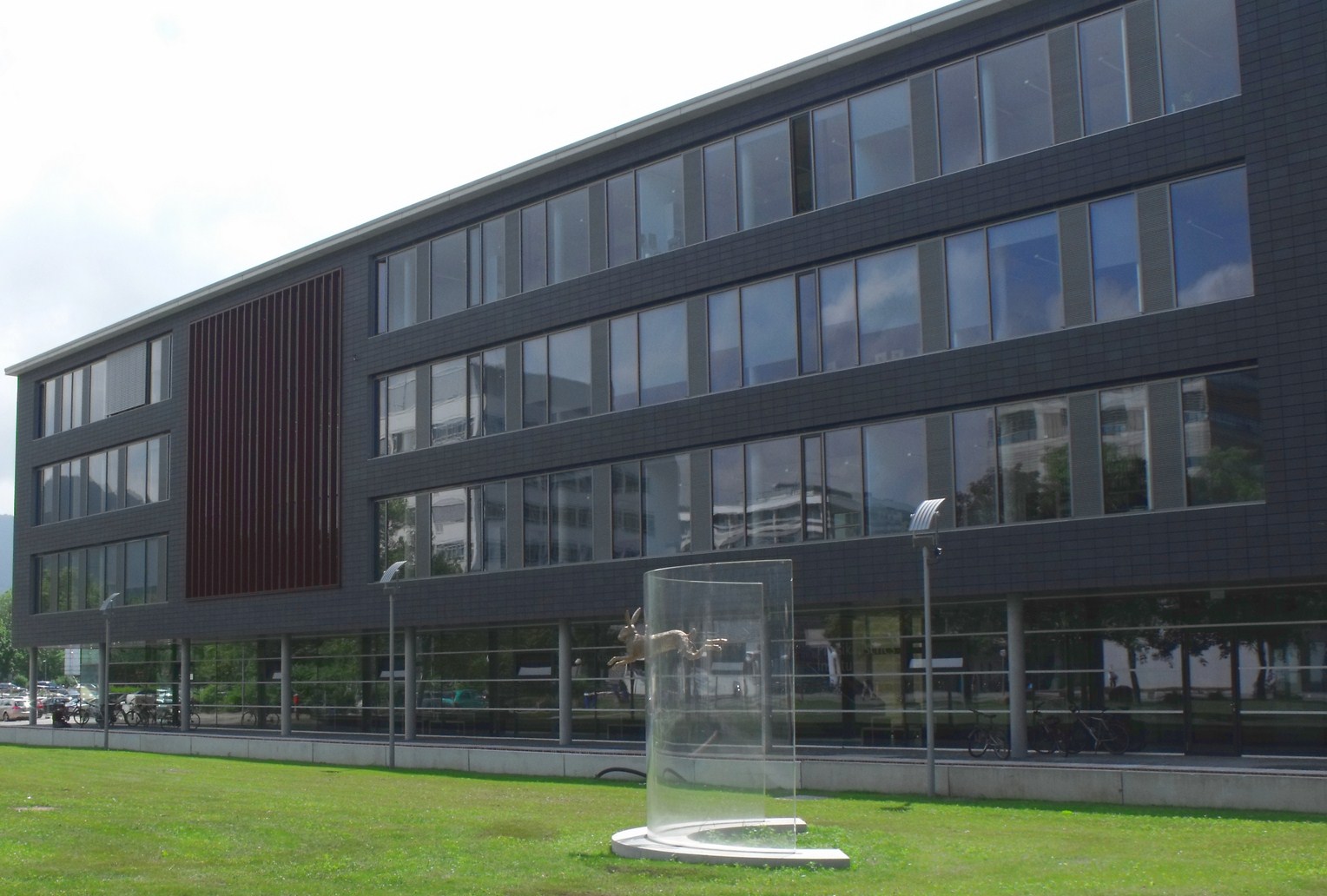Jobs - All offers
- All offers
- Postdoc
- Doctor Theses
- Diploma Theses
- Staatsexamensarbeiten
- Bachelor Theses
- Master Theses
- Projektpraktika
- MiniForschungen
- HiWi Jobs
Bachelor Theses
| Development of a new pixel detector in High Voltage-MAPS technology | André Schöning |
Our group is developing new pixel detectors based on the High-Voltage MAPS (monolithic active pixel detector) technology. Monolithic detectors are in many respects superior compared to standard hybrid silicon detectors. They are used for the new Mu3e experiment and considered for LHC-High Luminosity Upgrades. We offer several bachelor and master theses in this area. This project also qualifies as Projektpraktikum. | |
| Experimentelle und theoretische Tests der Quantenmechanik bei niedrigsten Energien | Maarten DeKieviet |
Das in Heidelberg entwickelte 3He-Atomstrahl-Spinecho-Spektrometer ermöglicht das Vermessen kleinster Energieänderungen (~100 peV) in der Wechselwirkung zwischen Atomen und Felder oder Materie. Das Experiment ist in seiner Form weltweit einzigartig und erforscht derzeit:
Für diese spannenden und grundlegenden physikalischen Fragen können wir Hilfe gebrauchen, sowohl am Experiment, als auch bei der Theorie. Interesse mit zu machen? Dann meldet euch bei:
| |
| Muon Physics at PSI | André Schöning |
The Paul Scherrer Institute (PSI, Switzerland) operates the highest intensity proton accelerator (HIPA) in the world. This facility also provides high intensity muons beams where the muons are produced in pion decays. An upgrade of the accelerator is planned for 2026 with the goal to increase the muon beam intensity by almost two orders of magnitude, thus providing 10^10 muons per second. This upgrade will dramatically increase the discvery potential for rare physics processes like mu->eee (Mu3e Phase II) and mu-> e gamma which are also called the "golden" muon decay channels. Simulation and design studies need to be performed to reduce background and optimise the sensitivity. | |
| Geometric algebra: The Grand Unifying Math ! | Maarten DeKieviet |
Instead of having special mathematics for all the different fields of physics, Geometric Algebra (GA) supplies a unified and unifying mathematical language for the whole of physics. It not only allows for a geometric interpretation of the constituent elements, it uncovers hidden connections between the otherwise seemingly unrelated mathematical descriptions. „Why hasn‘t anyone told me that before?“ is a regularly heard, awing reaction of students being exposed to this language for the first time. We are currently searching for discrepancies with and extensions of the regular mathematical approach, both theoretically and experimentally. These are exciting times, come and join us! | |
| Track Reconstruction with Graph Neural Networks for the ATLAS Trigger System | André Schöning, |
Our group explores the feasibility of applying modern machine learning algorithms such as Graph Neural
| |
| Tracking Algorithms and Fits | Andre Schöning |
Track reconstruction in high particle multiplicity environments is one of the most challenging tasks in modern particle physics experiments. Typically, a combination of complex algorithms and track fits is used to tackle this challenge. For tracking fitting, usually the Kalman filter is used. The Kalman filter, however, is an iterative algorithm and can not be parallised, which makes it very difficult to profit from modern computing architectures which are based on parallelisation. Our group has developed a new track fit, the General Triplet Track Fit (GTTF), which can be parallelised too a large degree and be implemented on parallel architectures like Graphics Processor Units (GPUs) and Field Programmable Gate Arrays (FPGAs). We plan to use the GTTF for several applications and are looking for students to study the performance gain. | |
|
Please note that this list is not complete! |
To enter new jobs, please use the form on the internal pages.



